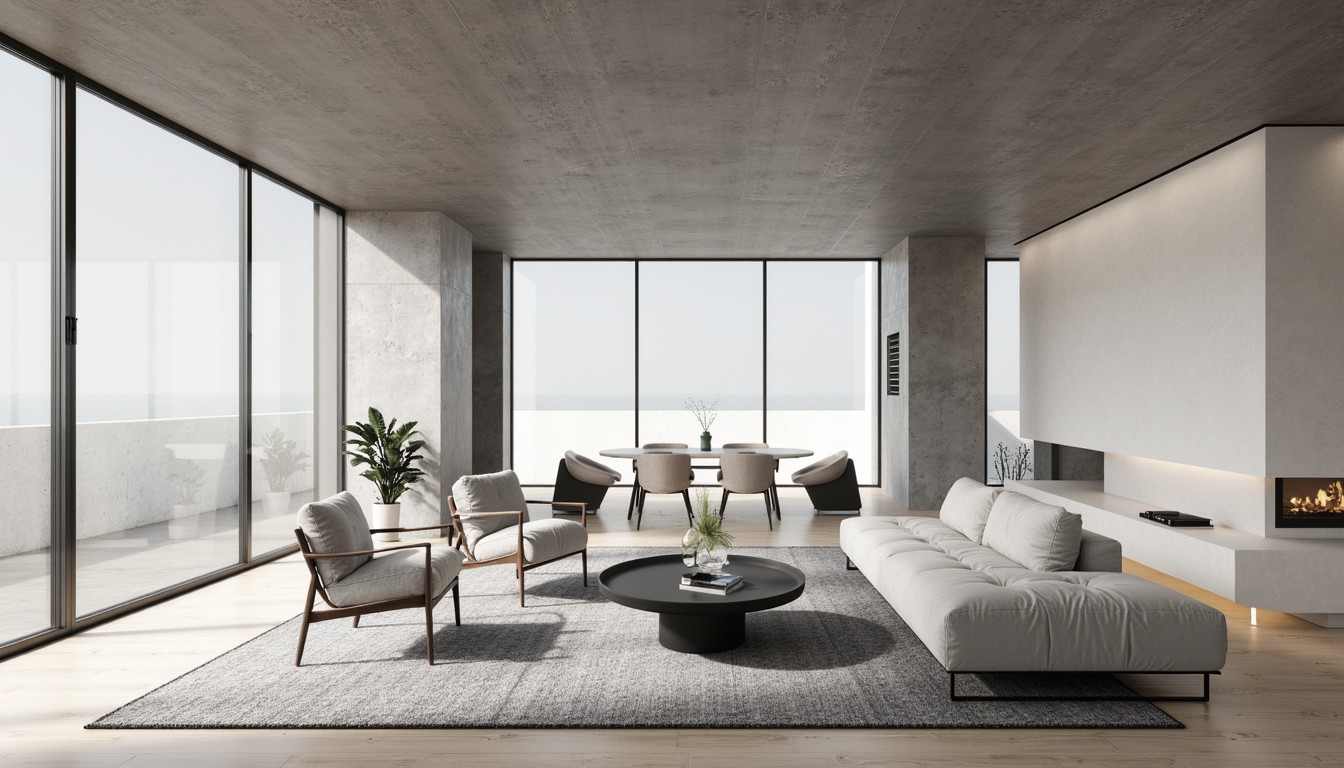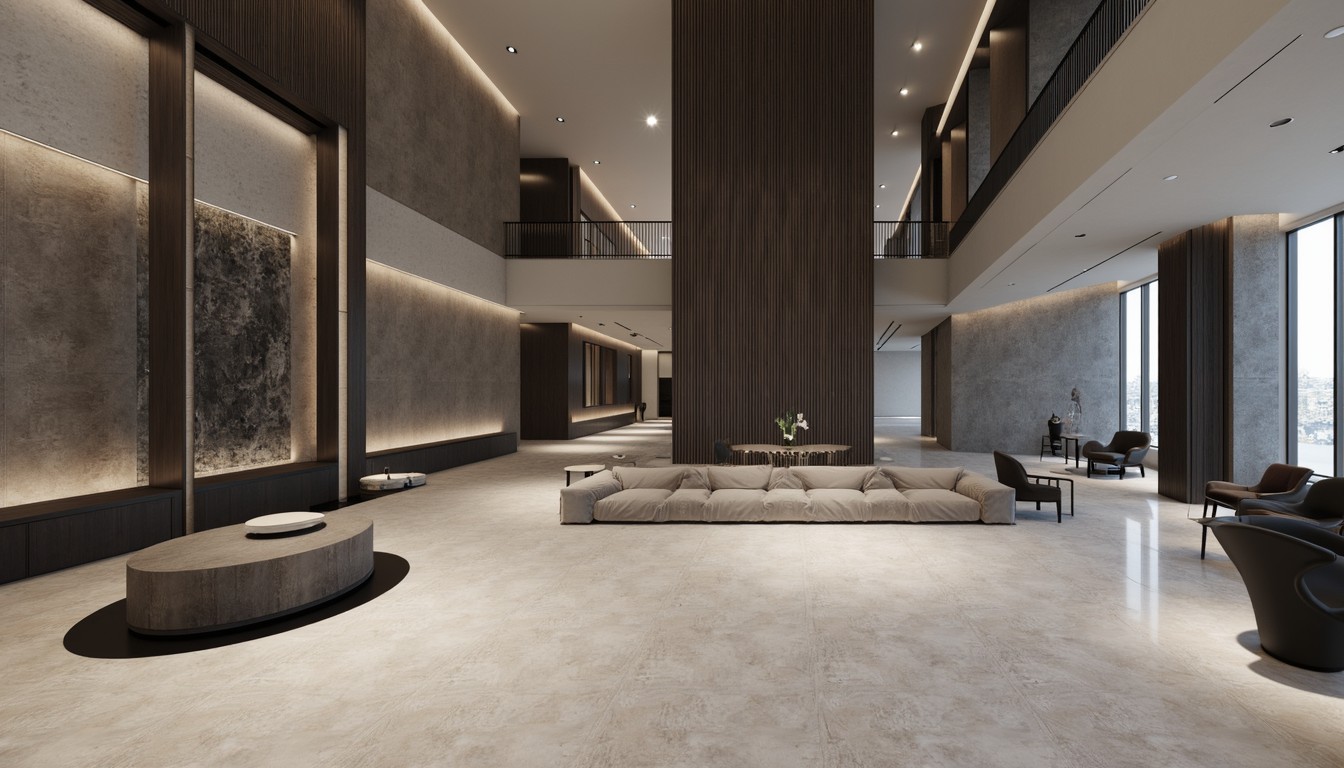Immersive Design: Revolutionizing Architecture with VR & AR
The architectural landscape is undergoing a dramatic transformation, driven by technological advancements that are redefining how architects design, present, and collaborate. At the forefront of this revolution are Virtual Reality (VR) and Augmented Reality (AR), two immersive technologies that are reshaping the way we experience and interact with built environments. ArchNav, a leader in architectural visualization, leverages these technologies to deliver unparalleled design experiences.
Virtual Reality (VR) in Architectural Visualization

VR offers architects and clients an unprecedented level of immersion. By donning a VR headset, users are transported into a fully realized digital model of a building, allowing them to explore spaces as if they were physically present. This level of engagement facilitates a deeper understanding of design choices and fosters more informed decision-making.
Benefits of VR in Architecture:
- Enhanced Client Communication: VR eliminates the limitations of static 2D renderings and allows clients to experience the design intuitively. This improves communication, reduces misunderstandings, and accelerates the approval process.
- Early Design Feedback: VR enables architects to gather feedback early in the design process, allowing for iterative improvements and cost savings. Clients can walk through spaces, identify potential issues, and suggest modifications before construction begins.
- Improved Design Exploration: Architects can experiment with different design options in a virtual environment, testing various layouts, materials, and lighting schemes without incurring physical costs.
- Realistic Spatial Understanding: VR provides an accurate representation of scale and proportion, helping clients and architects better understand how spaces feel and function.
- Marketing and Sales Advantage: VR walkthroughs can be used as a powerful marketing tool, showcasing projects to potential buyers and investors in a highly engaging way.
Augmented Reality (AR) in Architectural Design

While VR creates entirely virtual environments, AR overlays digital information onto the real world. In architecture, this allows architects and clients to visualize designs superimposed on existing sites or spaces. This is particularly useful for urban planning, renovation projects, and visualizing furniture placement.
Applications of AR in Architecture:
- Site Analysis and Visualization: AR can overlay proposed designs onto existing sites, allowing architects to assess how the building interacts with its surroundings and identify potential conflicts.
- Renovation and Refurbishment: AR can help visualize how a renovated space will look before any demolition or construction work begins, facilitating better client understanding and informed decisions.
- Interior Design: AR applications allow clients to visualize furniture and décor in their spaces before making purchases, reducing the risk of costly mistakes.
- Construction and Maintenance: AR can assist construction workers by overlaying digital blueprints onto the physical site, improving accuracy and efficiency.
- Interactive Presentations: AR can enhance client presentations by allowing architects to showcase designs in an interactive and engaging manner.
Real-World Examples of VR and AR in Architecture
Many architectural firms are already using VR and AR to transform their design processes. For example, Zaha Hadid Architects utilizes VR for complex design reviews, while Gensler employs AR for client presentations and site analysis. These examples showcase the transformative potential of these technologies.
The Future of Immersive Design

The future of architectural design is undeniably intertwined with VR and AR. As technology continues to improve, we can expect even more realistic and immersive experiences. The integration of AI and machine learning will further enhance the capabilities of these technologies, enabling architects to design more efficiently and creatively.
ArchNav: Your Partner in Immersive Architectural Visualization
At ArchNav, we are at the forefront of this technological revolution. We leverage the power of VR and AR to deliver exceptional architectural visualization services. Our team of experts uses cutting-edge software and hardware to create immersive experiences that transform the way architects and clients interact with their designs. We offer a range of services including VR walkthroughs, AR site visualizations, and interactive presentations, all designed to enhance communication, accelerate decision-making, and deliver stunning visual results. Contact us today to learn how ArchNav can help you leverage the power of immersive design.
